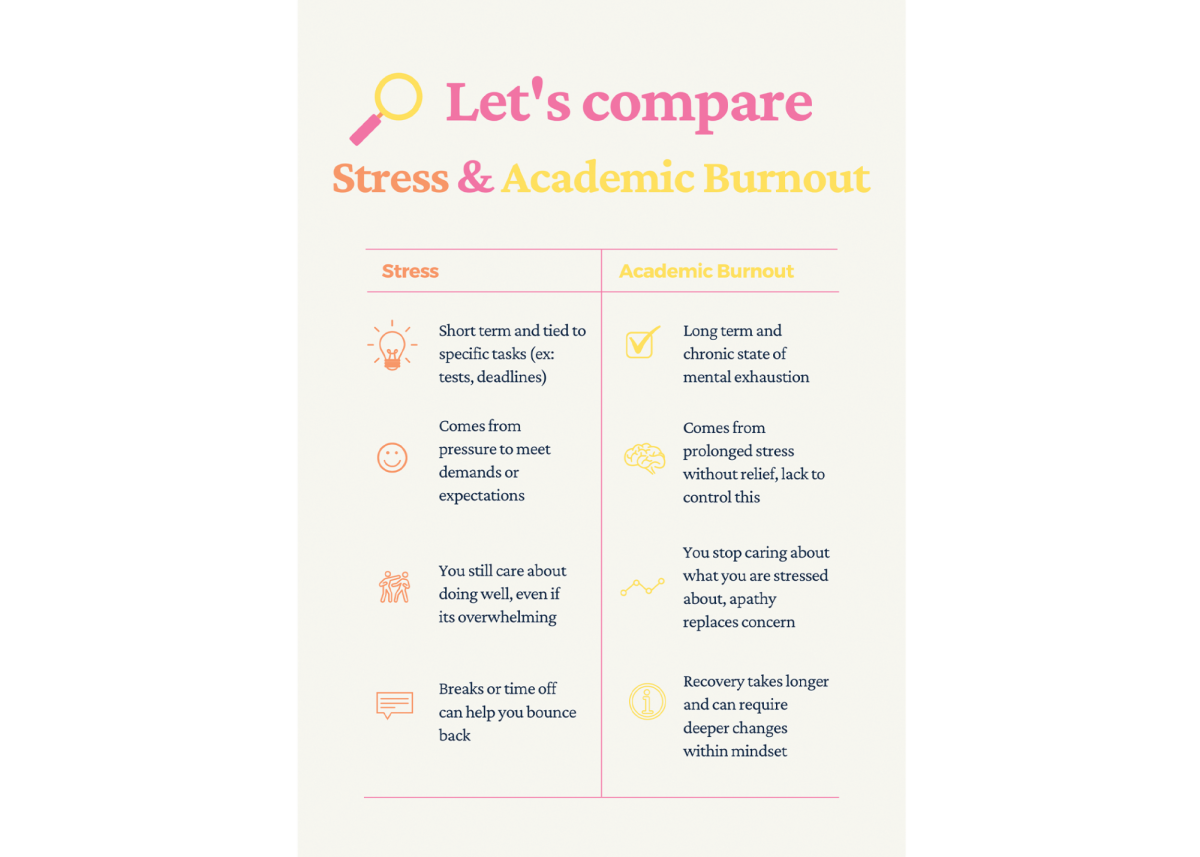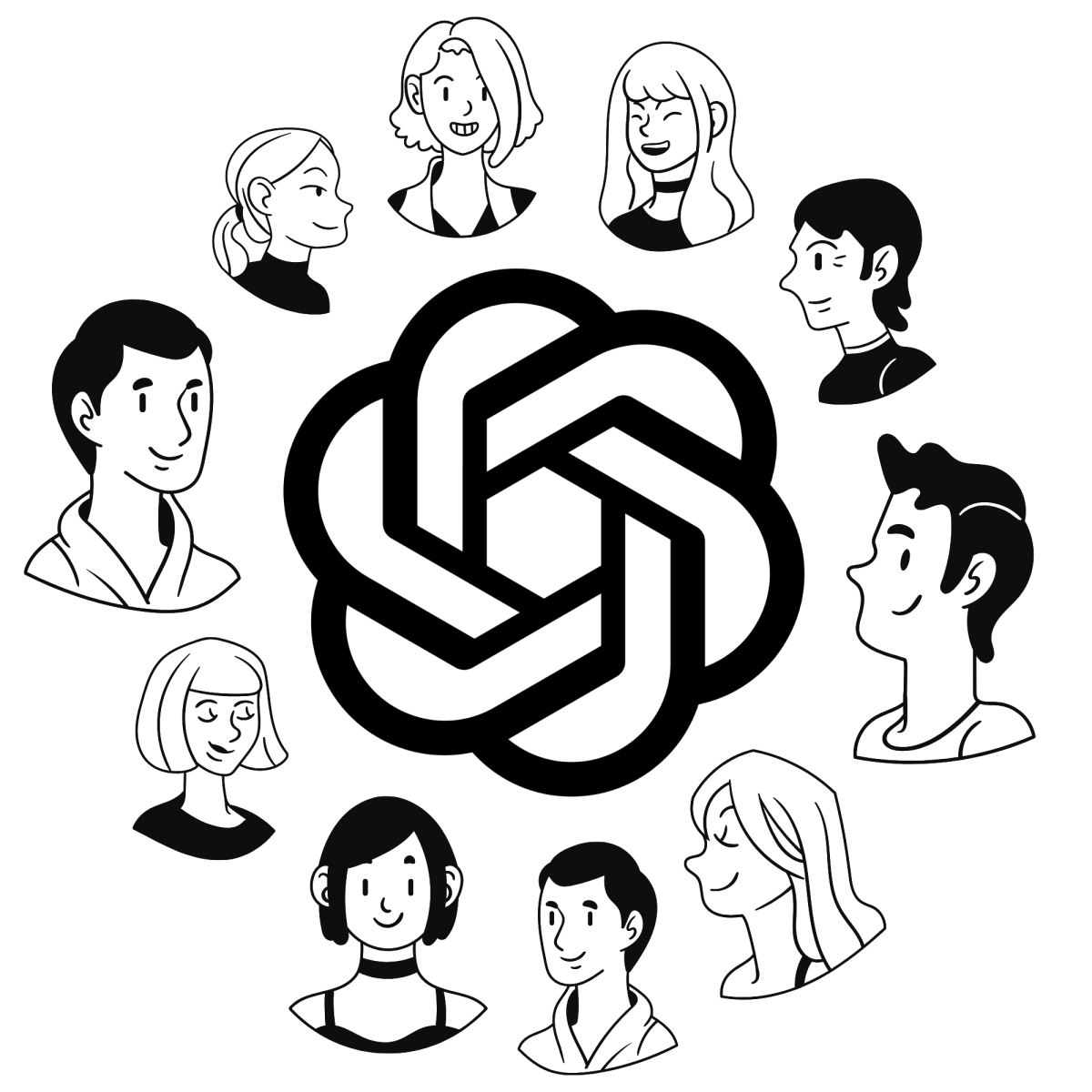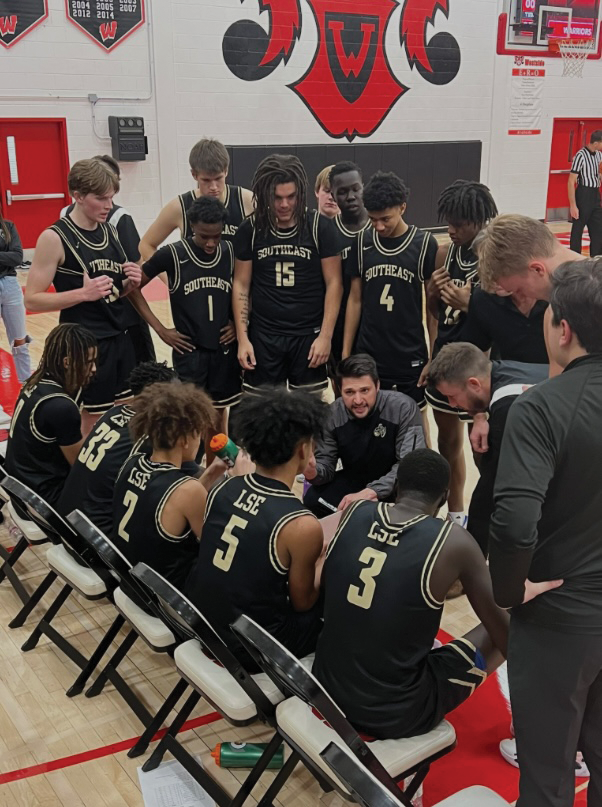LSE students experience one year of remote learning
March 22, 2021
At Lincoln Southeast High School (LSE), the last memory of normalcy for senior Matthew Lynch was the Wednesday before Spring Break of 2020. It was an ordinary Club Day for students, and Lynch had just finished playing chess and uno with other members of the Strategy Card Club at LSE. He described this memory as, “the time of his life”, but in a matter of days, life as he knew it would change.
It seems a simple memory, students gathered together playing cards, board games, and other activities in a time where masks and social distancing were not necessary. The past memories of normalcy seem to become more and more distant as students progress through the school year, with the continued spread of COVID-19 becoming the standard in 2020 and even now, in 2021. The mask mandate, sanitizing stations and Zoom calls are now part of the daily routine at LSE.
The month of March marks the one year since the beginning of quarantine and the beginning of what was to be called “remote learning”. Remote learning, also known as distance learning, is the online option for students to remain engaged in school while away from the classroom. As LSE students quarantined in early March 2020, Lincoln Public Schools (LPS) introduced Zoom calls as a way for students across the district to be connected to their classes while at home.
Optional school work was given out to the students in quarantine and it was only implemented to help boost grades and keep tabs on student subjects.
Lynch took up the opportunity while he was quarantined at home.
“I did do the optional work last Spring through remote learning because I wanted to keep a good grade and at least get a little more practice with my school work,” Lynch said.
As the 2019-2020 school year finished, students wondered if the once optional work for remote learning would be mandatory in the fall.
With a new school year starting in August 2020, LPS created a system where students were to be split into two groups and learn in-person for half of the week and be at home for remote learning for half of the week. All were given a choice, however, as families could decide whether their student would stay the entire week at home with distance learning.
LSE sophomore Glorie Kouakou and her family decided that staying remote was the best option for the 2020-2021 school year.
“My dad is a single parent, and most single parents act as the mom and dad, so they want what’s best for their child,” Kouakou said. “My dad prefers my sister and I to stay home and keep a distance.”
Being fully remote since last March, Kouakou liked the freedoms it brought at first, but she has slowly come to dislike being away from the classroom. Her last memory of the LSE building was the Waffle Feed and the Basketball Band Event last March.
“I remember one of my favorite teachers from Freshman year offered me two tickets, and I decided to take one of my best friends with me,” Kouakou said. “That’s pretty much the last event I remember before the pandemic.”
Since then, Kouakou progressed into her sophomore year while learning new subjects from home, but learning from home comes with struggles.
Staying focused on Zoom calls is something that Lynch, Kouakou and many LSE students have a hard time with. This also pertains to the struggle of maintaining good grades while at home. The massive difference between in-person and online has been a struggle for remote students and teachers running the Zoom calls.
“It’s harder for teachers to give their attention to the students online. When it comes to asking for help, I feel like it’s hard because some of my teachers want to focus on the students in-person,” Kouakou said.
The new normal of distance learning has been just as much of a fresh start for students as it has for teachers. For Zoom calls, the many functions of technology can be tedious and repetitive, sometimes being forgotten altogether. Screen sharing, breakout rooms, muting, unmuting and chat functions are some of the features that one must keep track of to run a smooth online classroom.
Sometimes there are issues, and students are not able to learn effectively under those circumstances.
“I would say remote learning is a bit difficult when taking notes,” Lynch said. “I also had internet problems on Zoom.”
This past year, remote learning has been a struggle for students adapting to the abrupt change.
For Lynch and Kouakou, missing friends is a huge downside to remote learning. Staying in contact with your friends can be tough while at home, and not seeing them at school can really take away from the high school experience.
“I haven’t been able to see much of my friends lately, and it really sucks, but I try my best to check up on them to make sure they are doing well,” Kouakou said.
From the optional remote work last year to a new normal of remote learning, students have adapted to the struggles of being at home for high school.
Exploring new horizons and adapting to the changes each year will continue to bring LSE back to where it was only a year ago.









